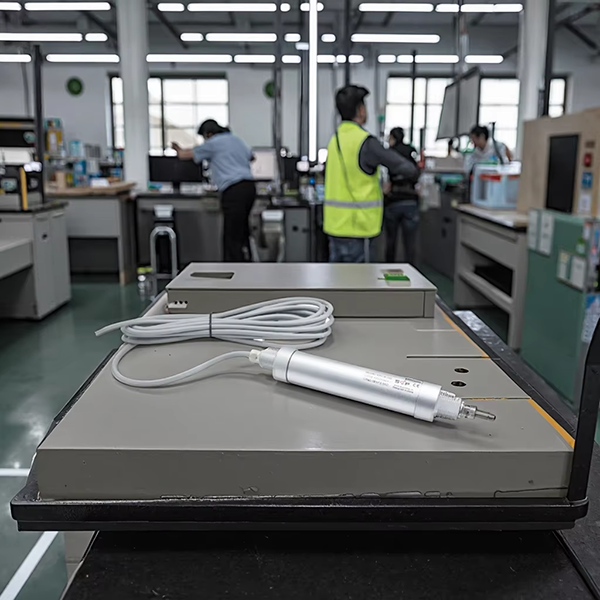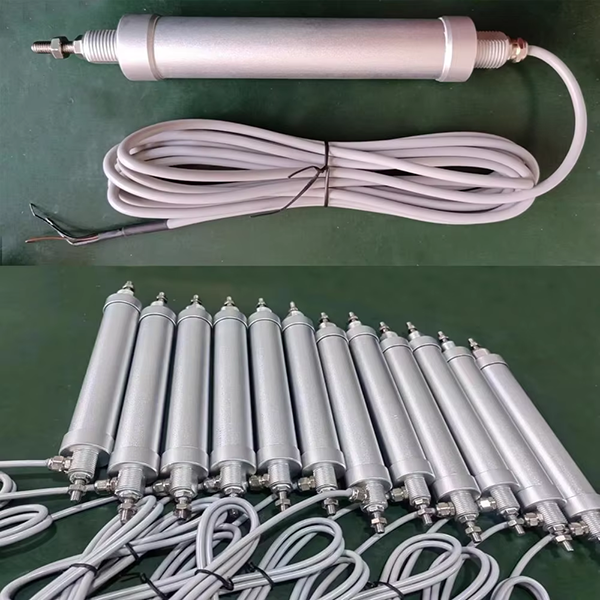In the realm of industrial automation and measuring technologies, sensors play a crucial role in ensuring accuracy and efficiency. one such innovative device is the waterproof linear displacement sensor, designed to measure the movement or position of an object along a linear path while withstanding harsh environmental conditions.

Understanding linear displacement sensors
linear displacement sensors are devices that measure the distance traveled by an object in a straight line. they are essential in various applications, including robotics, automotive systems, and industrial machinery, where precise movement measurement is crucial for operational success. these sensors convert linear position into an electrical signal, which can then be processed by control systems or displayed on monitoring equipment.
The importance of waterproofing
Waterproofing is a critical feature for sensors used in environments exposed to moisture, dust, chemicals, or extreme temperatures. when a linear displacement sensor is labeled as “waterproof,” it means that it is designed to operate effectively even when subjected to water or extreme humidity. this characteristic is especially vital in industries such as marine, construction, agriculture, and food processing, where equipment might be sporadically exposed to water or other corrosive substances.
How waterproof linear displacement sensors work
Waterproof linear displacement sensors typically use various technologies for measurement, including potentiometric, capacitive, and inductive principles. here’s a brief overview of their operation:
Potentiometric sensors: these operate based on the principle of changing resistance. as the object moves, a sliding contact within a resistive element alters the voltage output, which correlates with the position of the object.
Capacitive sensors: these sensors measure changes in capacitance caused by the movement of an object. they consist of parallel plates, one of which moves. as the distance between the plates changes due to movement, the change in capacitance is measured and converted into a position reading.
Inductive sensors: utilizing electromagnetic induction, these sensors detect changes in inductance as a metallic object moves near a coil. the output signal varies based on the proximity of the moving object.
Each of these types can be designed with waterproof housing, which typically involves sealing components with gaskets, using rugged materials, and employing advanced manufacturing techniques to ensure durability and resistance to water ingress.
Applications of waterproof linear displacement sensors
Waterproof linear displacement sensors are used in numerous applications across various industries. common usages include:
Marine applications: measuring the position of ship hulls or sensors in submersible vehicles.
automotive industry: monitoring the position of components in vehicles, such as the throttle position or suspension travel.
agriculture: measuring the depth of planting equipment, ensuring optimal soil contact.
food processing: monitoring conveyor systems where hygiene and resistance to washdown conditions are critical.

So waterproof linear displacement sensors play a vital role in providing reliable and accurate measurements in challenging environments. with their ability to function in wet, humid, or corrosive conditions, these sensors have transformed various industries by improving equipment performance and enhancing automation processes. as technology advances, the robustness and functionalities of these sensors are likely to grow, further driving innovation in the field of industrial measurement techniques.
